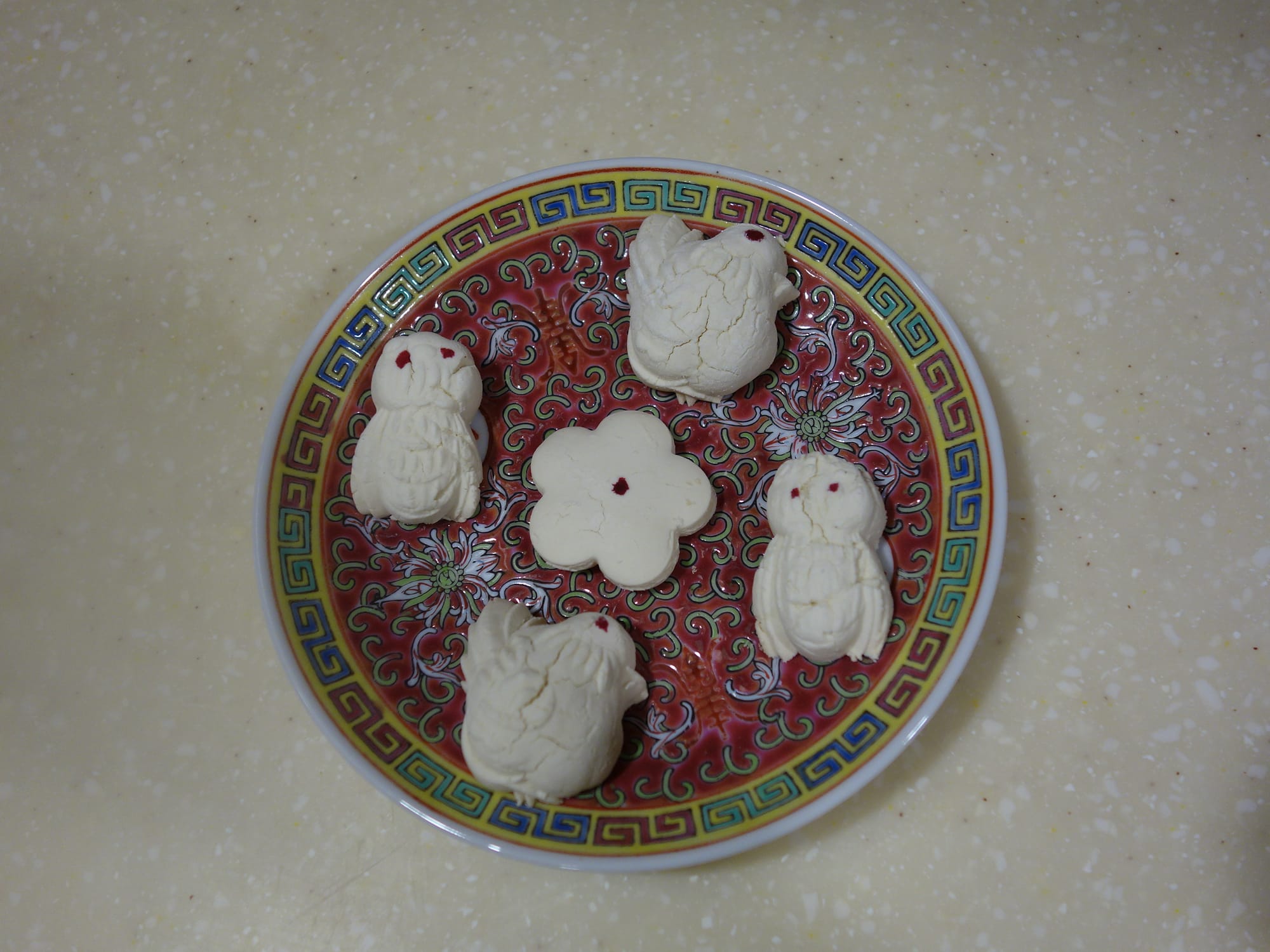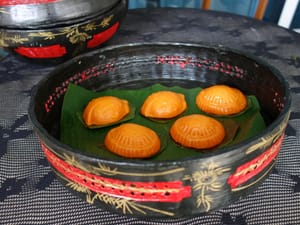I HAVE EXPLAINED in my books and articles why blue colouring should not be used indiscriminately in Penang, e.g. for Pua Kiam Tee Chang, for the rice in Nasi Ulam, in Bee Tai Bak and even for Cendol. However, this practice of adding the blue hue has become more widespread in Penang, probably because bunga telang flower (also known as the butterfly pea flower) is now more commercially available. However, it was not traditionally used for happy occasions, and was only acceptable when serving specific kuehs during weddings and birthdays.
The traditional practices surrounding death, bereavement and the mourning that follows have evolved. Over the years, the mourning periods have been reduced. Black, white, blue and green are traditionally considered mourning colours. For distant relatives like younger cousins, nephews and nieces, blue was the lighter colour for mourning. Lighter still was the green worn by the in-laws of the deceased. Surviving relatives older than the deceased did not mourn, but refrained from wearing red or bright colours out of respect.

When mourning, wearing gold or diamonds is considered inauspicious. Instead, the Nyonyas wear pearls to symbolise tears, and jewellery made of silver and jade to represent solemnity and respect. In those days, the Nyonyas had blue and green kebayas and sarongs, and manik (beaded) shoes in blue and green; some of these would be thrown away at the end of the mourning.





